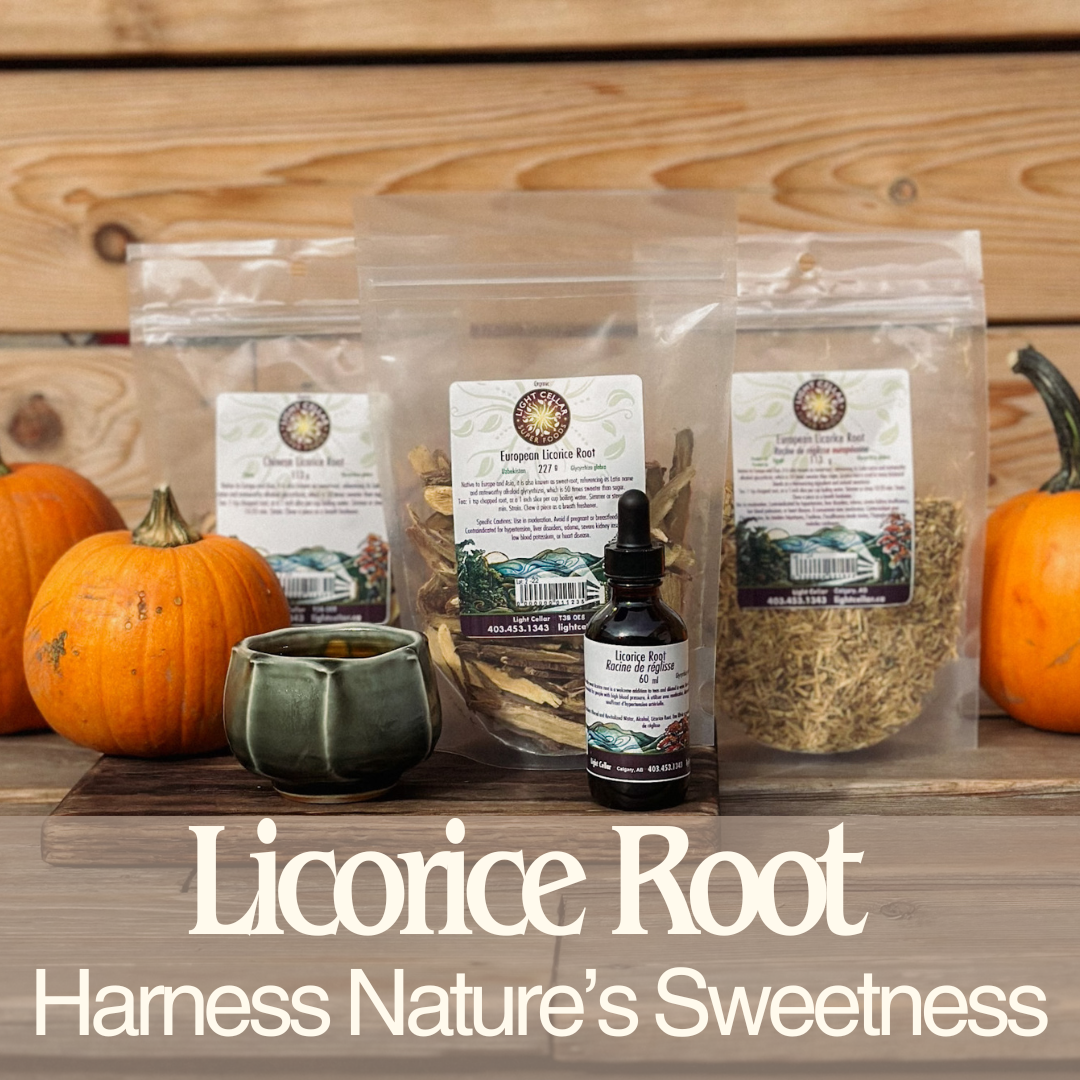- Thin blood and support circulation
- Break down fibrins, proteins and clots
- De-calcificy blood vessels, tissues and glands
- Promote new bone growth and bone density
- Support growth of healthy tooth enamel
- Not all Natto is created equal. Quality is key. Light Cellar natto is made from non-GMO, Canadian grown, organic soybeans
- Natto is an alkaline ferment, and is fermented with a special bacteria (bacillus subtilis) for three days which produces the nattokinase
- There are 8 - 10 grams of protein per 50 gram serving size (one container of Light Cellar Natto)
- Natto is very beneficial for the microbiome and digestive health. It contains a unique spore-based probiotic that survives harsh stomach acid, and is able to travel deep into the gut, reaching areas most probiotics are unable to get to
- Once in the gut, the probiotic can survive for up to four days, allowing it to do lots of good work
- The stringy, sticky like quality of natto is what allows for this spore probiotic to be so effective and potent!
- Natto is also rich in isoflavones shown to have a regulating effect on women’s hormones
- Stir Natto 100 times to create sticky strings, what the Japanese call “neba-neba", as this activates the Natto
-
Natto is great served with rice
- Rice bowl
- Sushi roll
-
Best paired with bright, zingy and grassy flavours
-
Something acidic or fermented
- Yuzu juice, vinegar or another bright citrus
- Light Cellar Ferments
- Fresh or pickled ginger
- Green onion
- Cilantro
- Avocado
-
Something acidic or fermented
-
Pair with an umami rich sauce
- Light Cellar Natto Sauce
- Light Cellar Seabuckthorn Ponzu
- Nama Shoyu, Tamari or Soy Sauce
- Generally, Natto pairs well with Japanese-inspired flavours!
- If adding to hot food - add once the active cooking is over to keep the probiotics active
- Store in the refrigerator once received
- Eat Natto 3 times a week to reap the benefits
- Quality of ingredients
- We only use organic, non-GMO, Alberta grown heirloom soybeans
- We only use filtered and revitiazed water
- Never frozen
- Very fresh - with new small batches crafted weekly
The mighty bean!
I won’t lie.. I was afraid to try this.. the “acquired taste” comments always made me think I was going to eat something funnnnnnnkay…. I assumed this would smell like rotten durian. Potent. Skunky and strong. How amazingly surprised I was to try it and be reminded of slightly more fermented “pinto bean/refried bean”. One could also liken the texture to a tempeh feel without that kind of sour fermented taste. It blends beautifully with a high quality soy sauce on fresh rice. It almost has a sweet flavor! Don’t be afraid of this magic bean. It will heal your gut, surprise your taste buds and love you back ten times more 😄
Lisa A.


